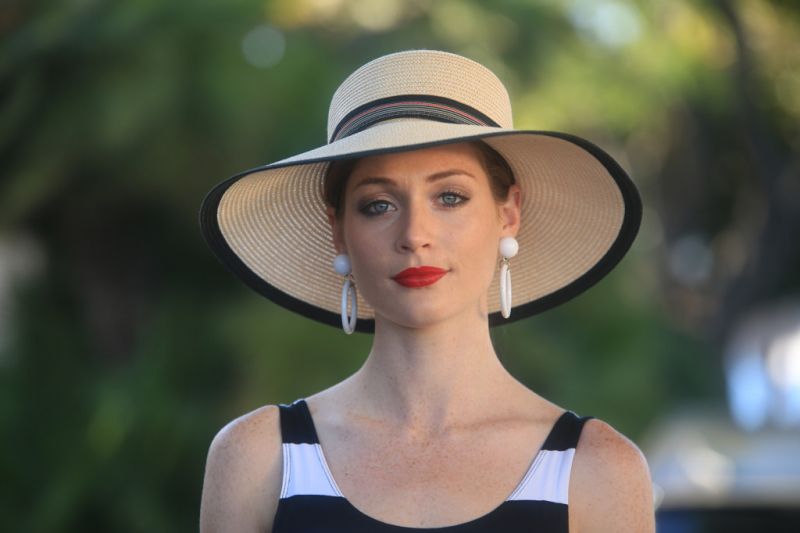
Why Diffusion Filters?
In today’s photography world, our images are all about getting sharpness, and sometimes the artistic expression is left out in favor of an image that’s technically perfect, but can also be technically boring. For photographers that have been in the industry for a while, it becomes a different story in some respects, because their artistic vision is honed to the point that they see an image for its aesthetic, and not necessarily the “flaws.” This isn’t meant to justify technically inadequate images, but to say that once you’re able to create those technically perfect images, it’s the perfect time to start breaking those rules in the name of art. One way to break out of this “rule book” is the use of diffusion filters. This video from The Slanted Lens gives a good idea of what you can expect from diffusion filters should you decide to purchase them.
[REWIND: REVIEW: FUJI X-E2 | THE MISTRESS]
For portraits, having a high sharpness may not always be what you want as it exposes “imperfections” in the face and makes retouching work more difficult as well; that’s where a diffusion filter comes in. It allows highlights to bleed into the shadows making smoother transitions, and softens the skin for a more “pastel” look. Here’s a small selection of sample images showing the level one black satin and pearlescent filters.





Personally, I think these are worth a shot. I’m not a fan of blurry images with the dreaded white vignette reaching to the center, but doing this slight diffusion in camera for a subtle effect seems like it could be part of a good recipe that also keeps the precise focus every professional looks for in an image. Why not do that “vintage look” in camera? Would you add these to your shopping list in the future, or is the loss of sharpness a deal breaker?
You can find the original article at The Slanted Lens here if you’d like to see more filter comparisons from this shoot.
-Ryan




Get Connected!